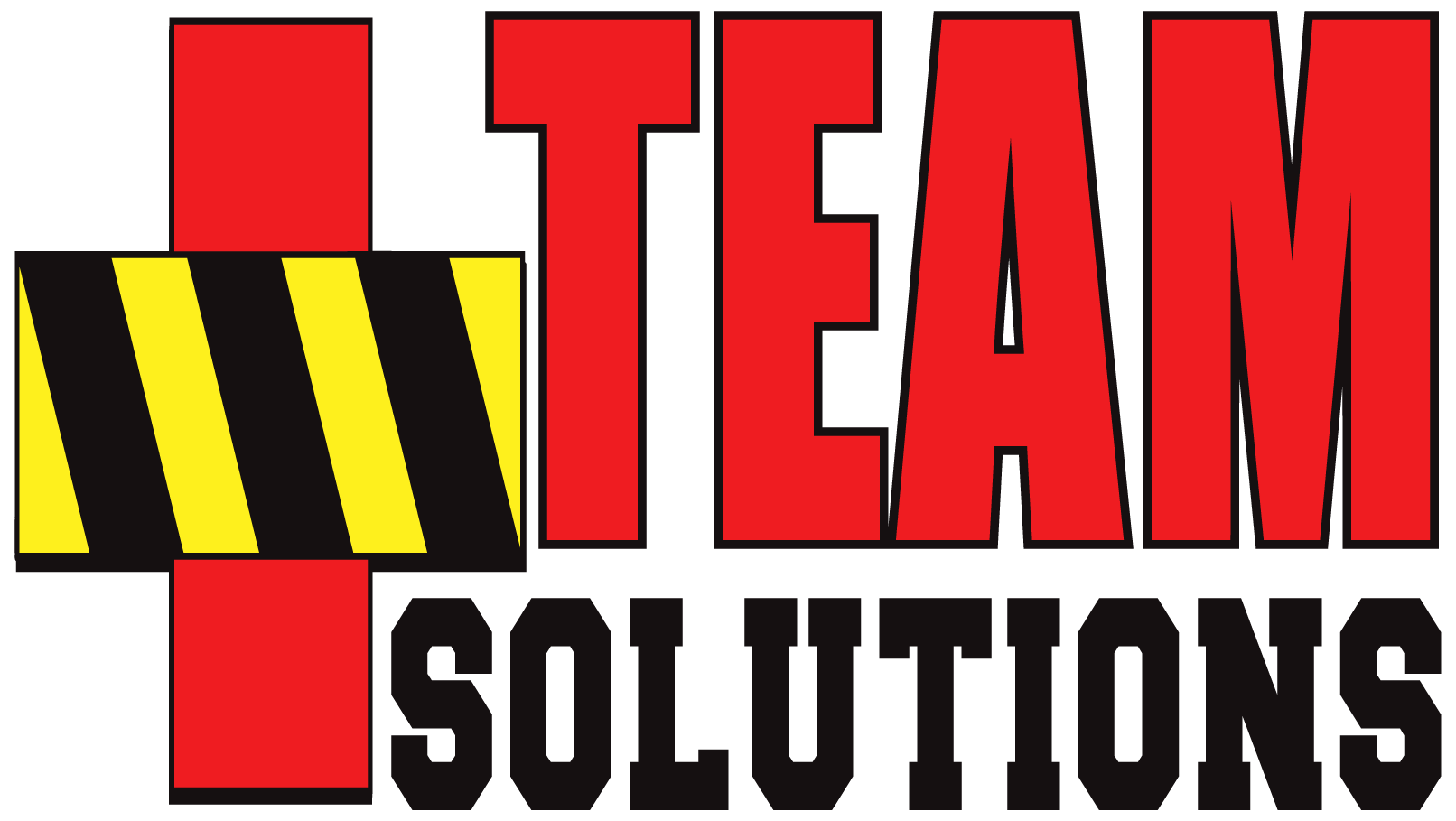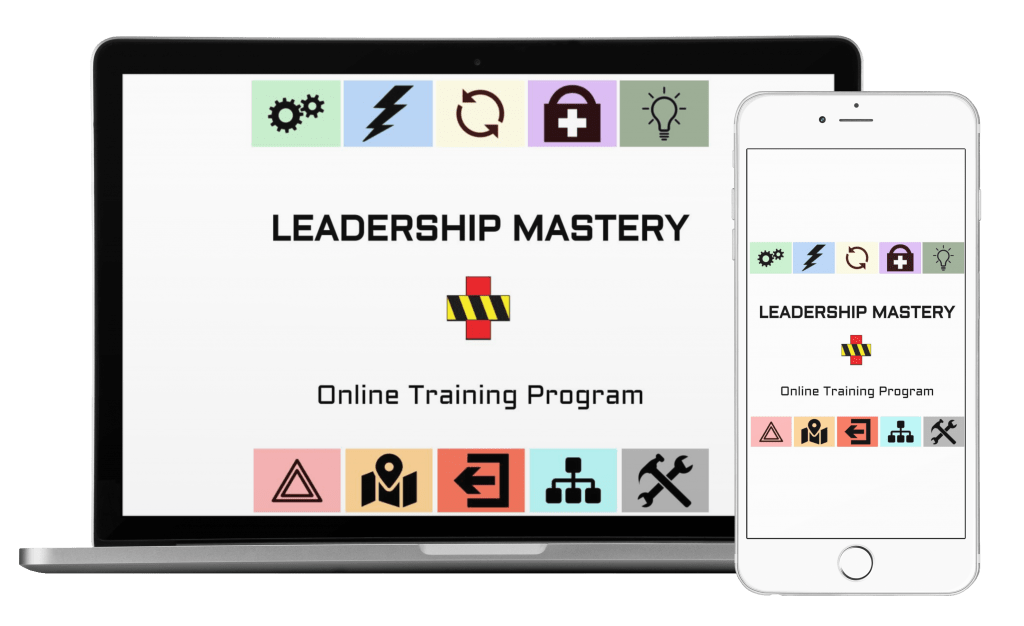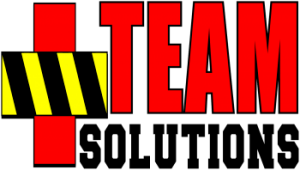Over 30+ years I’ve been fortunate to have gained a broad base of experience in several different industries in both in the private and public sectors.
For better or worse, I also noted that each industry presented its own strategy for developing emerging leaders.
Within the tremendous diversity of these experiences and the highs and lows that came with them, a common theme also developed: the struggle to develop strong leaders - particularly when times were tough - existed everywhere.
The hunger for competent, balanced and capable leaders is everywhere and crosses every segment of a professional organization.
Several years ago, I started collecting and organizing data on leadership, particularly crisis response leadership.
- Not just quotes, platitudes, and bumper stickers, but actual, make-a-difference-when-it-mattered type leadership data.
What I discovered was that no single industry had it figured out. Everyone seemed to be grappling with how to build and transform competent leaders. So ...
The extensive results are presented throughout my in-person and online programs, resources, and content libraries.
Leadership Problems Requiring Solutions
The solutions offered directly tackle the common problems that my research revealed that continues to persist across many organizations.
Furthermore, the solutions address the current, insufficient approach to leadership that many people endure, including actual criticisms such as:
Leadership for any and all hazards?
"All-Hazards" is a fancy way of saying that it doesn’t just provide what you need to successfully respond to and lead a cyber intrusion or a bake sale but ... it will help you successfully respond to and lead a cyber intrusion AND a bake sale.
To bring you this definitive and extensive program material, I’ve drawn the most applicable parts of the following sources and first-hand experiences:
ICS Principles?
Part of this leadership model is adapted from the battle-tested Incident Command System (ICS) used by emergency responders and leaders since the early 1970’s and from the US Military since WWII.
The principles of ICS are successfully used by many of my clients and "translating ICS" and its beneficial concepts into customized solutions is one of my most in-demand services.
This site's leadership resources and solutions represent 30+ years of experience in leading and responding to planned and unplanned events.
And the exclusive Leadership Mastery program represents my best work to-date on how to transform yourself and others into world-class leaders.
Leadership Improvement
Are you committed to improving your leadership?
Click the image below to learn how to access the exclusive Leadership Mastery online training program.
Questions? Contact Mike here.


